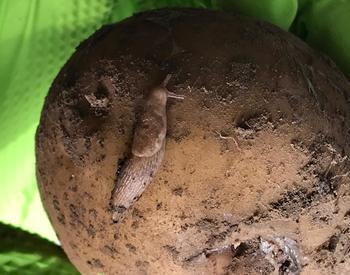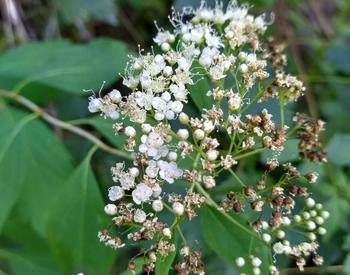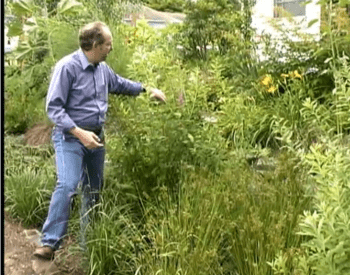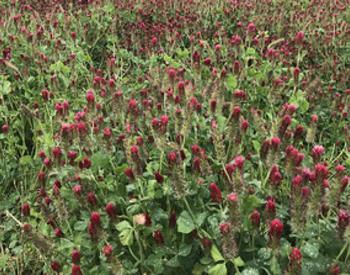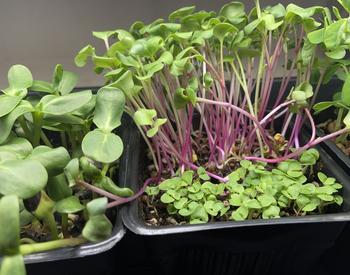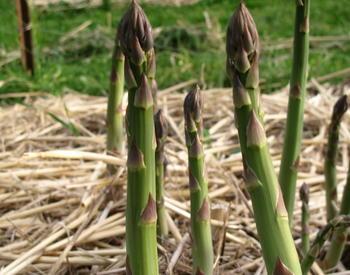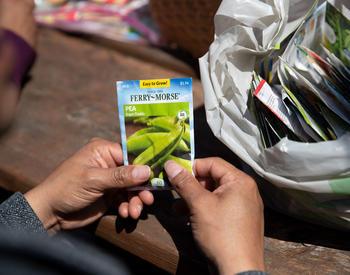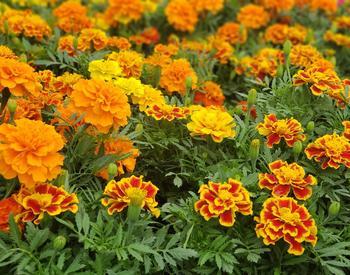Check winter houseplants for brown leaf tips, wilting, dropping of lower leaves and little or no new growth - all signs that your plant may be in trouble.
Soluble salts can play havoc with houseplants and may even cause plant death if the salts are not properly leached out, said Jan McNeilan, Oregon State University Extension Service consumer horticulture agent.
Soluble salts are minerals dissolved in water, McNeilan said. Fertilizer dissolved in water turns into a soluble salt. After water evaporates from the potting soil, the salts stay behind. As salts in the soil become more concentrated, plants find it harder and harder to take up water. If salts are allowed to build up to high levels, the plant takes water out of its root tips, causing death.
To combat this problem, be sure you water correctly. McNeilan recommends watering plants enough so that some water drains through the pot. Then empty the drip plate. Do not allow the pot to sit in water. If drained water is reabsorbed by the soil, the salts that were washed away are taken back into the soil.
"Salts can even be reabsorbed directly through a clay pot," McNeilan said.
She suggests that houseplant owners leach plants every four to six months. To do this, water the soil thoroughly, as you usually would. Then, after about five minutes, water again, letting excess water flow out the bottom drain holes. The first watering dissolves the fertilizer salts. The second washes the salt out of the soil.
If a layer of salts has formed a crust on top of the soil, be sure to remove the salt crust before you start to leach. Take care not to remove more than one inch of soil.
If the soluble salt level is extremely high, or if the pot is coated with a white salt residue, McNeilan advises repotting the plant in a clean container.

